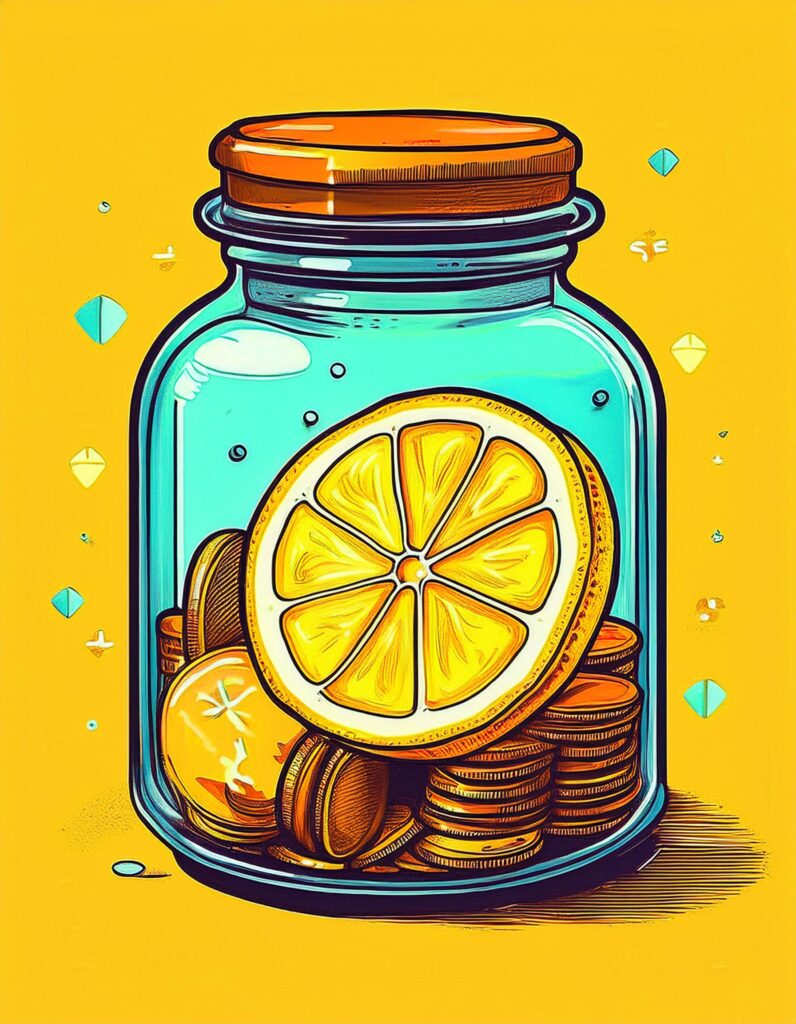



Welcome to our world of wonder and discovery, where everyday items become the tools for extraordinary science experiments! Today, we're diving into a fun and simple activity that turns a dull penny into a shiny treasure. It's a perfect project for young scientists and curious minds.
Imagine this: a penny so dull it could be mistaken for an old rock, but with a little help from a common citrus fruit, it transforms before your eyes. This is not magic; it's science at its most playful! The Lemon-Penny Polish experiment is a delightful demonstration of how acids can clean and shine even the most tarnished copper coins.
Now, let's talk science. This experiment falls under the fascinating branch of chemistry known as 'reaction kinetics,' which studies the rates of chemical reactions. In this case, the citric acid in the lemon juice reacts with the oxidized copper on the penny's surface, removing the tarnish and leaving behind a shiny surface. It's a practical example of how chemical reactions are part of our daily lives, often happening right under our noses—or in this case, under our pennies!
This experiment is suitable for children aged 7 and up, with adult supervision to ensure safety when handling the knife. The preparation time is minimal, requiring just a couple of minutes to gather your materials and set up. The reaction is immediate—watch as the penny starts to shine within seconds of being rubbed with the lemon juice. For a thorough polish, leave the penny in the juice for up to five minutes, then rinse and dry to reveal the full effect.
So, gather your little scientists, roll up your sleeves, and prepare for a gleaming good time with the Lemon-Penny Polish experiment. It's a sparkling way to introduce kids to the wonders of chemistry, all from the comfort of your kitchen. Happy experimenting!
Click here for the full experiment details. Checkout the main website: Science Fun for Everyone!
Get experimenting!
Feed your knowledge.
Come back for more recipes for science!